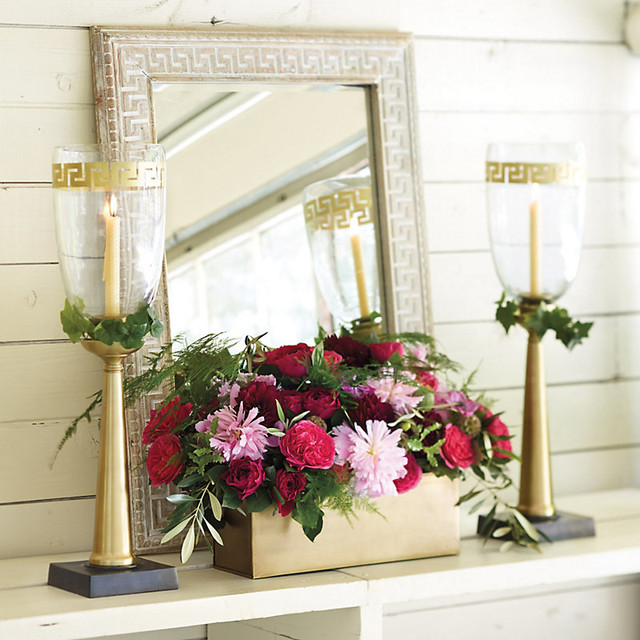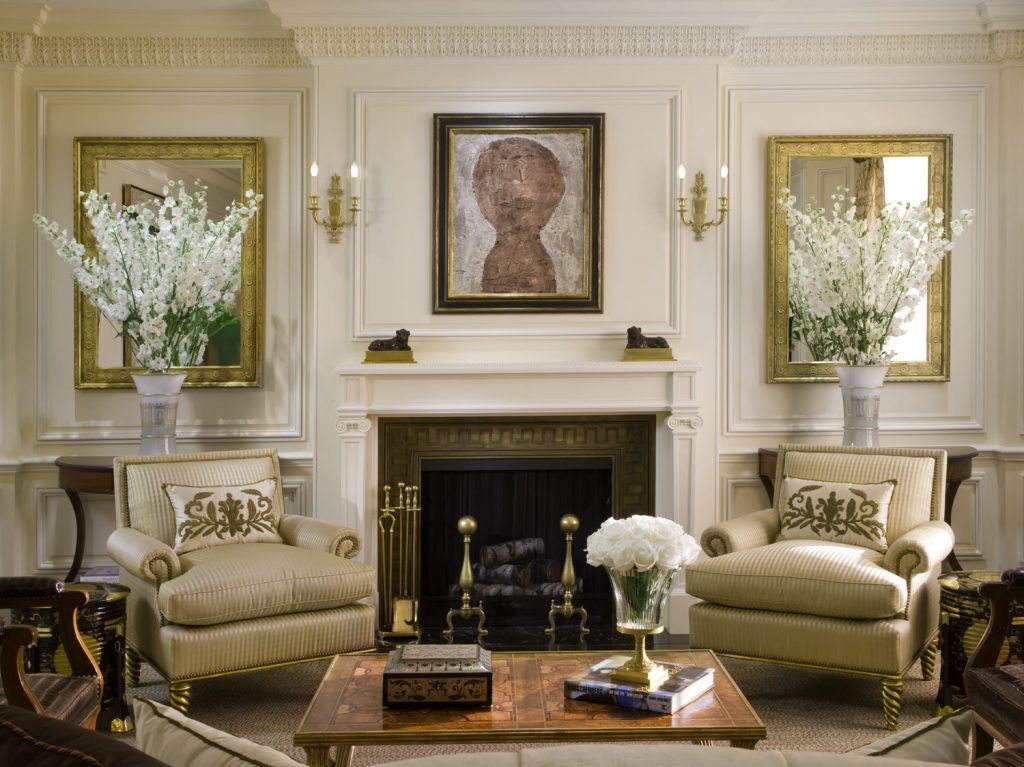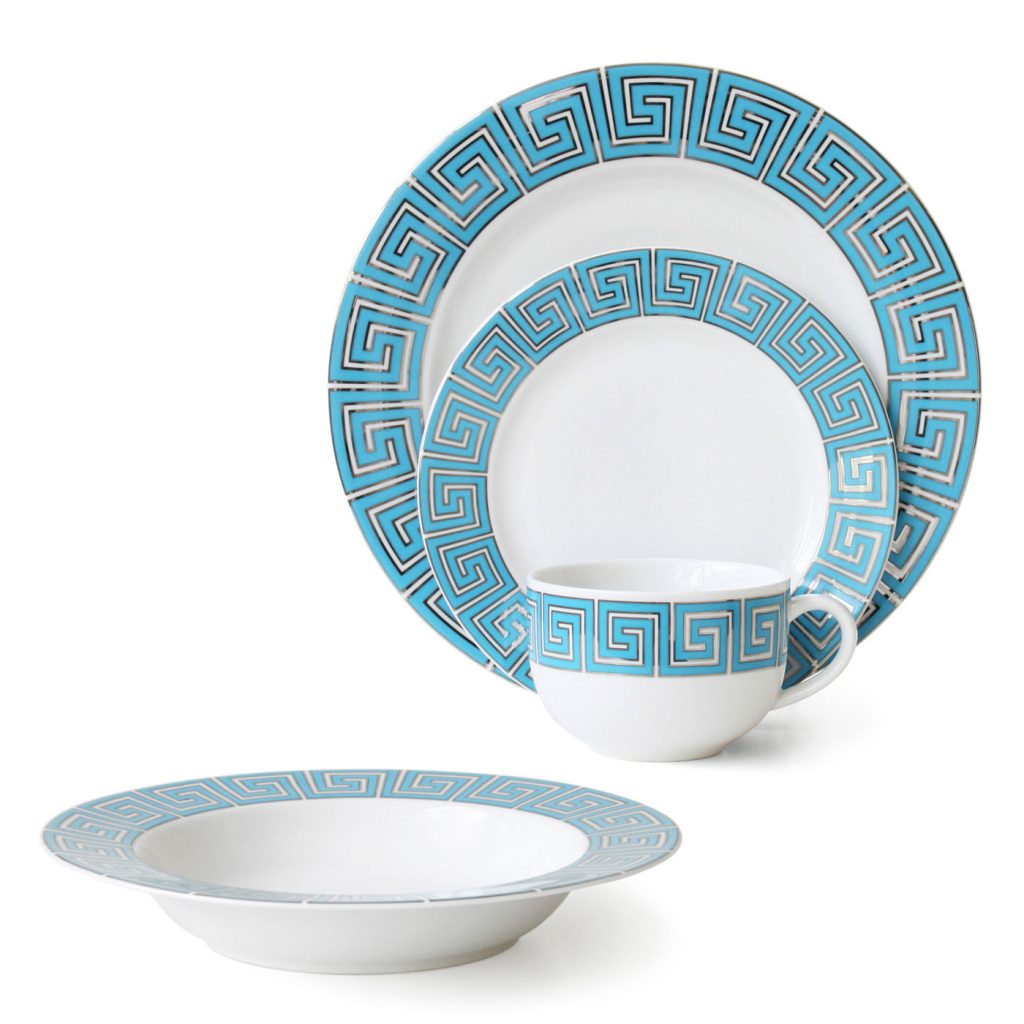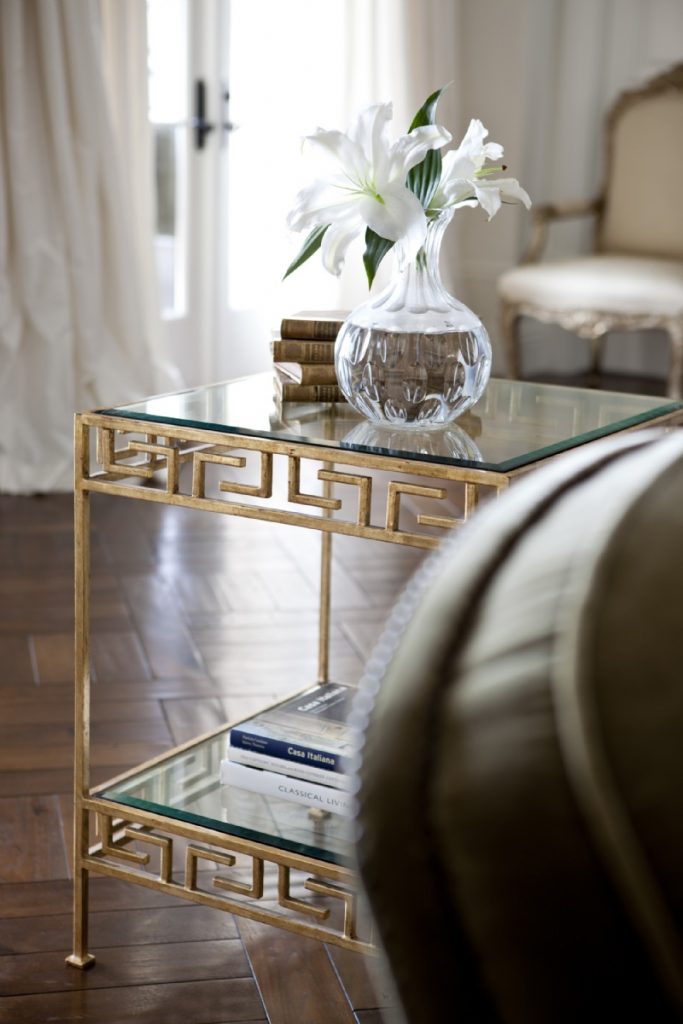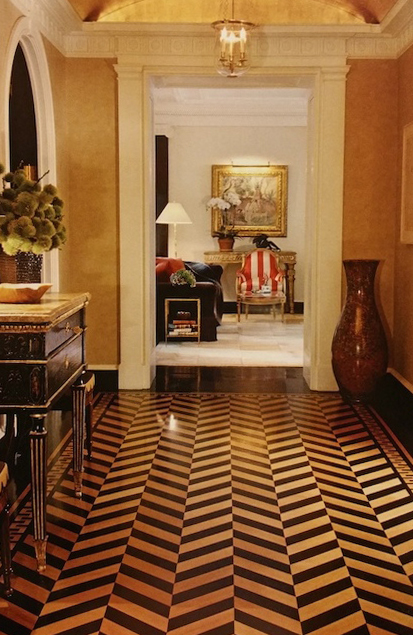Journal
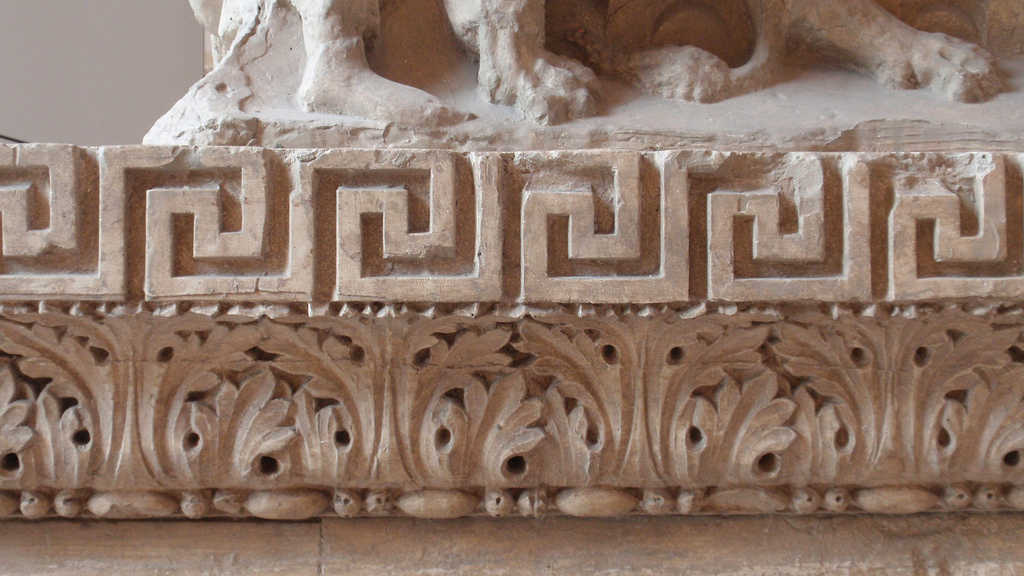
January 14, 2016
The Greek Key
“Invention was never far behind tradition.” –Robert Adam
This fact is a compelling truth in the world of design. It is nearly impossible for a designer to create something new without borrowing from the past. For many centuries, the Greek Key, or meander, has been a ubiquitous design element. A series of interlocking shapes or keys, this pattern can get surprisingly complex, the twists and turns of each motif linking up with the next in perfect symmetry.
As many variants exist, we can only guess what the significance of the design itself was to Hellenic society. Some assume that the design symbolized unity, or infinity as it has been found on the sides of many Ancient Greek temples. Originally found on textiles, these rectilinear patterns also adorned architectural friezes and pottery in Greek antiquity, before spreading throughout the rest of the ancient world.
Found on bronze vessels of the Zhou dynasty in China, these motifs were known as Yunwen and Leiwen, cloud and thunder, symbolizing life in the form of rain, which, as one can imagine, was of the utmost importance to an agrarian society.
Today, these patterns have found their way into the compositions of many modern interior designers and architects. I absolutely love Bunny Williams Home Greek Key Hurricane. Alexa Hampton’s fabric collection through Kravet is equally alluring. Below you will find some more examples of the Greek Key in the work of Cullman & Kravis, Alexa Hampton, Ebanista, Brian McCarthy and Jonathan Adler.
Best wishes,
